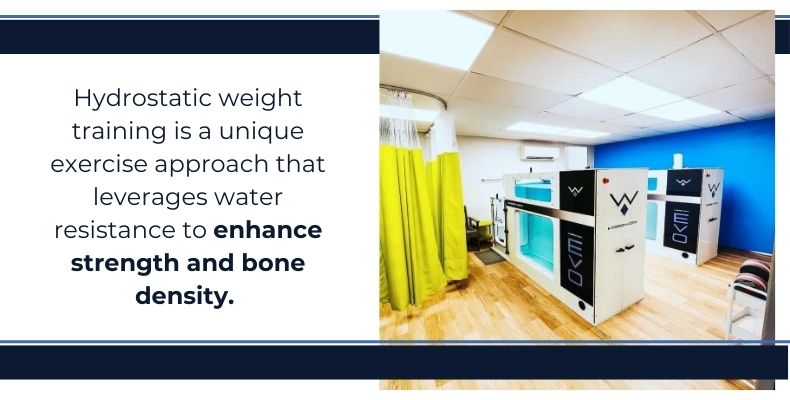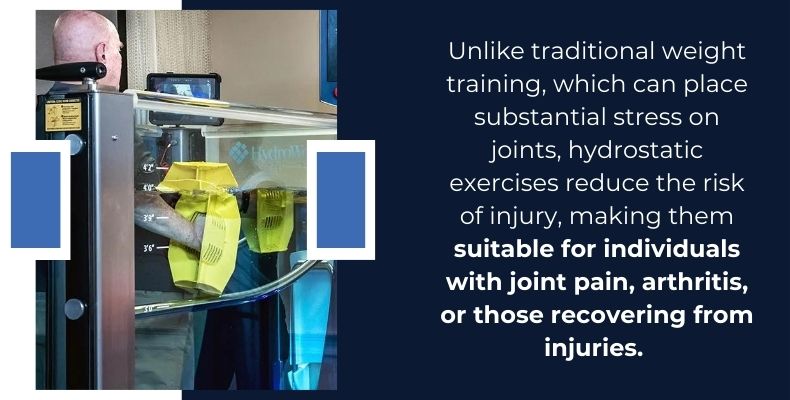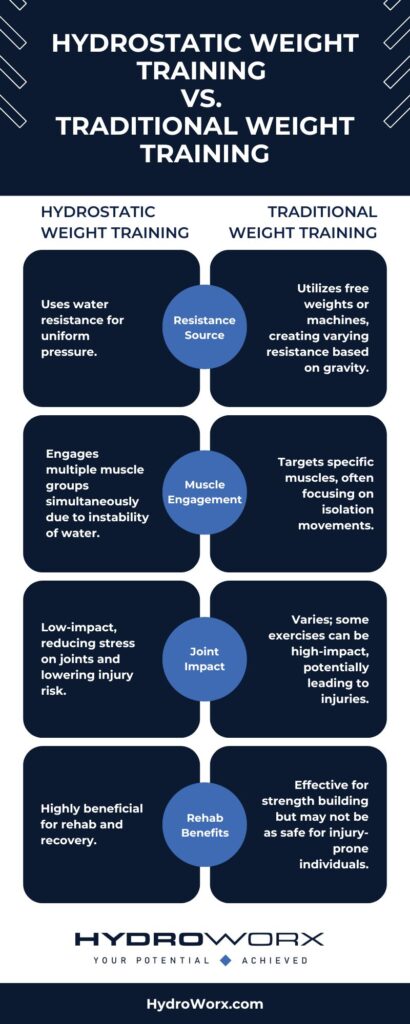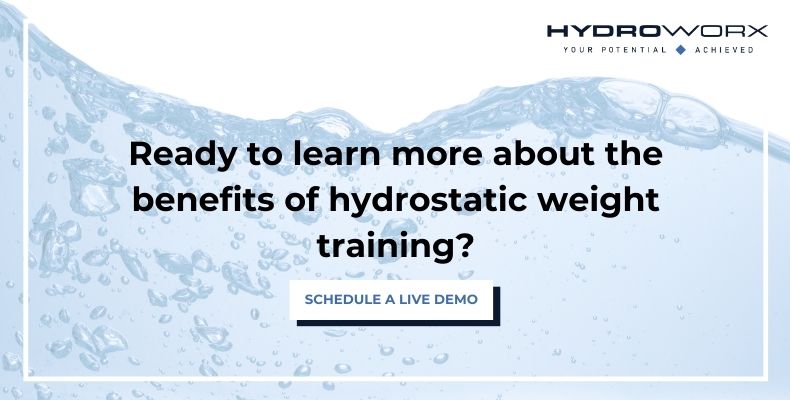Hydrostatic Weight Training: Building Muscle and Bone Density With Water Resistance
In the quest for effective fitness and rehabilitation methods, hydrostatic weight training has garnered significant attention for its unique ability to build muscle and enhance bone density through water resistance. This innovative training approach harnesses the natural properties of water, providing a supportive and low-impact environment ideal for individuals of all fitness levels. Unlike traditional weight training, where gravity plays a major role, hydrostatic weight training utilizes the resistance encountered while moving through water, creating a workout that challenges muscles in a different way.
The benefits of this training extend beyond mere muscle gain; it also supports improved bone density, making it an excellent option for aging populations and those recovering from injuries. By engaging in hydrostatic weight training, individuals can achieve their fitness goals while minimizing the risk of injury and discomfort. Keep reading to learn more from HydroWorx.

Understanding Hydrostatic Weight Training
Hydrostatic weight training is a unique exercise approach that leverages water resistance to enhance strength and bone density. Unlike traditional weight training, which relies on gravity to create resistance, hydrostatic weight training utilizes the natural properties of water to provide a less jarring yet effective workout. The key principle behind this method is hydrostatic pressure, which increases as you move through the water, creating a comprehensive resistance that engages multiple muscle groups simultaneously.
One of the standout features of hydrostatic weight training is its versatility. Individuals can perform a wide range of exercises, including squats, lunges, water jogging, and resistance band work, all while benefiting from the supportive nature of water. This low-impact environment is particularly advantageous for those with joint issues or those recovering from injuries, as water helps absorb shock and reduce strain on the body.
Hydrostatic weight training also has significant benefits for building bone density, which is crucial for older adults and individuals at risk of osteoporosis. The resistance encountered in water promotes not only muscle strength but also stimulates bone formation, making it an effective option for enhancing overall skeletal health. By incorporating hydrostatic weight training into a fitness routine, individuals can achieve a comprehensive workout that is safe, effective, and conducive to long-term health.

Benefits of Hydrostatic Weight Training
Hydrostatic weight training offers a multitude of benefits that make it an appealing option for individuals looking to build muscle and improve bone density. One of the key advantages is the low-impact nature of water resistance. Unlike traditional weight training, which can place substantial stress on joints and the skeletal system, hydrostatic exercises reduce the risk of injury, making them suitable for individuals with joint pain, arthritis, or those recovering from injuries.
- Muscle Building: The resistance provided by water is highly effective for muscle engagement. Aquatic exercises engage multiple muscle groups simultaneously, promoting overall strength and muscle tone.
- Enhanced Bone Density: The resistance encountered during hydrostatic training stimulates bone remodeling, a critical process for maintaining bone health, particularly for older adults and those at risk for osteoporosis.
- Improved Flexibility and Range of Motion: Water’s buoyancy allows for greater mobility, enabling individuals to perform movements that may be restricted on land. This enhanced flexibility is beneficial for both rehabilitation and fitness.
- Cooling Effect and Comfort: Exercising in water keeps the body cool, reducing fatigue and discomfort in comparison to land-based workouts. This allows for longer, more effective training sessions.

Techniques and Exercises for Hydrostatic Weight Training
Hydrostatic weight training encompasses a variety of techniques and exercises tailored to harness the unique benefits of water resistance. Below are some effective techniques and exercises to consider:
- Water Walking or Jogging: Walking or jogging in water provides a great cardiovascular workout. Adjusting the water depth can increase resistance and challenge strength.
- Aqua Squats: Squats performed in water engage the lower body muscles while reducing impact on the knees and joints. The resistance of the water helps build strength in the quadriceps, hamstrings, and glutes.
- Resistance Bands: Utilizing water-resistant resistance bands allows for various exercises such as bicep curls, tricep extensions, and leg lifts, targeting upper and lower body strength.
- Water Push-Ups: Performing push-ups against the side of the pool engages the chest, shoulders, and arms while providing resistance through the water.
- Aqua Leg Lifts: Standing in water, individuals can perform side leg lifts to strengthen the hip abductors while benefiting from the buoyancy and resistance of the water.
Who Can Benefit From Hydrostatic Weight Training?
Hydrostatic weight training is a versatile approach that can benefit a wide range of individuals, making it an excellent option for various demographics. Here are some groups that can particularly benefit from this innovative method:
- Older Adults: As individuals age, maintaining muscle mass and bone density becomes increasingly crucial. Hydrostatic weight training provides a low-impact environment, minimizing stress on joints while effectively promoting strength and stability.
- Individuals With Injuries: Those recovering from injuries, surgeries, or chronic pain can find relief and healing through hydrostatic weight training. The buoyancy of water supports the body, allowing for safe movement that avoids aggravating injuries.
- Athletes: Athletes can use hydrostatic training to enhance their strength, flexibility, and endurance. The resistance provided by water serves as a valuable cross-training tool, allowing athletes to maintain conditioning while mitigating the risk of injury.
- Individuals With Weight Management Goals: Hydrostatic weight training offers an engaging workout that can support weight loss and overall fitness. The water’s natural resistance increases calorie expenditure while providing a fun and effective exercise option.
- Physical Therapy Patients: Patients in physical therapy can benefit greatly from hydrostatic weight training. It allows for controlled movement patterns that promote rehabilitation without excessive strain on the body.

Learn More Today From HydroWorx
Ready to experience the benefits of hydrostatic weight training with HydroWorx hydrotherapy equipment? Contact us to learn more about how hydrostatic weight training can help build muscle and bone density.

